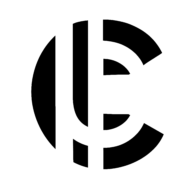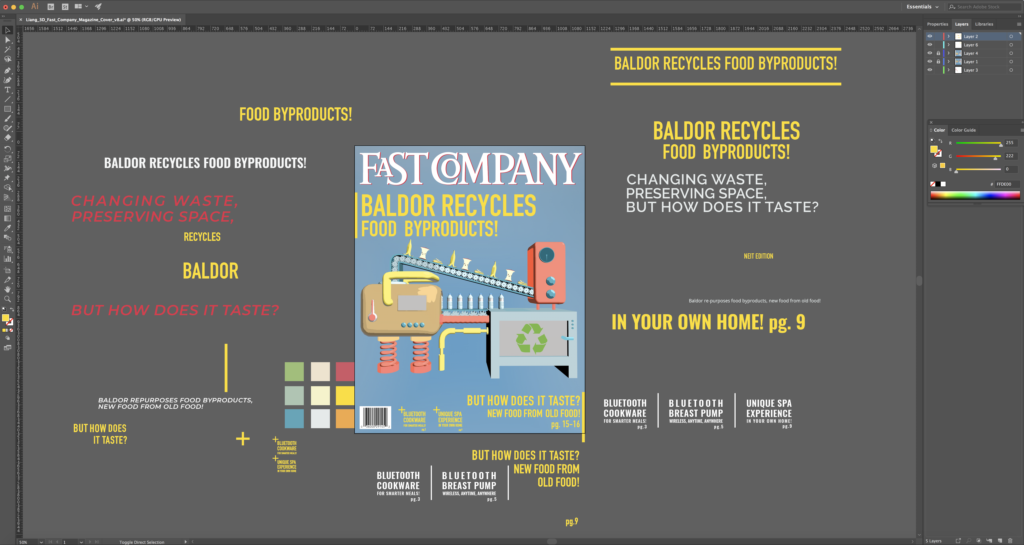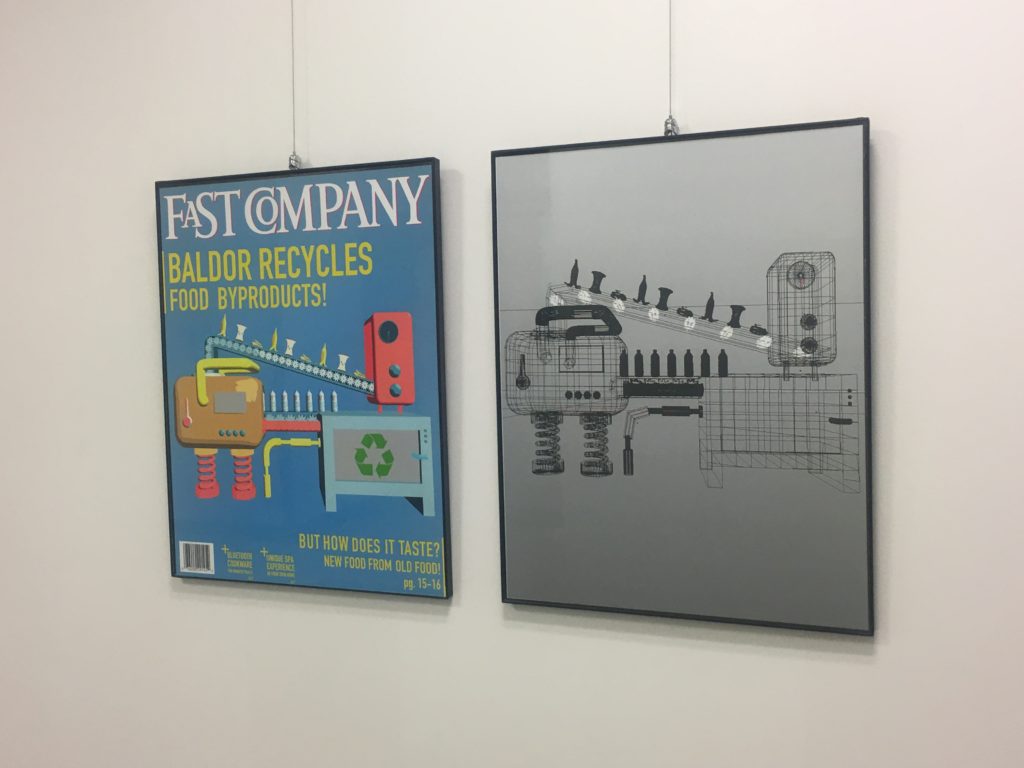3D Model Fast Company Magazine Cover
Objective:
Conceptualize a 3D illustration using a current news headline. Create the illustration using Cinema 4D while creating our own geometry, textures, and lighting and then composite the final piece onto a magazine cover design, titled with a real world magazine brand.
About Baldor Foods:
We were asked to browse through a series of upstart company magazines like Wired and Fast Company Magazine to find an innovative startup technology. I found a food distribution company in Fast Company Magazine called Baldor Foods based in the Bronx, NY.
Baldor is a food distribution company whose upstart idea is to use 100% of a product ensuring none of the food product goes to waste. This is achieved by recycling the unused product and turning it into either stocks, sauces, juices, drinks and scraps that are non-consumable for humans are processed into animal feed.
Challenges:
My biggest challenge for this assignment was to properly define Baldor’s value proposition, refine and word it in a way that allowed it to be easily interpreted by the viewer/reader.
While sketching and brainstorming ideas, I wanted the magazine cover to visually show that it was recycled food products that are being turned into edible ones. Initially, the idea was to show classic food waste on a conveyor belt being processed but that also felt too cliche.
Concepts:
Following revisions and critique from peers and classmates, we reached the idea of showcasing the machine that would process and recycle the food waste. The machine in question in the mock ups below is called a Rube Goldberg machine. A machine designed to perform an extremely simple task in an overly complicated fashion.
Going forward, with critique from my fellow peers we decided to only show the most important parts of the machine that emphasized recycling. Food waste would come through one part and after going through a contraption would come out as consumables in the form of bottled juice.
Final Product:
With a flat design magazine cover laid out, it was a simple matter of creating 3D objects, assigning textures and re-creating the design in 3D space. Afterwards, it was a matter of playing with the placement and hierarchy of the type.














